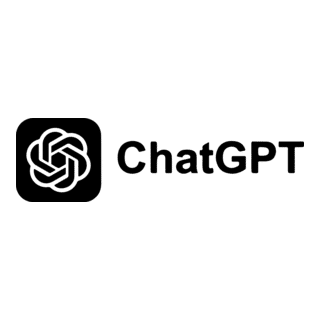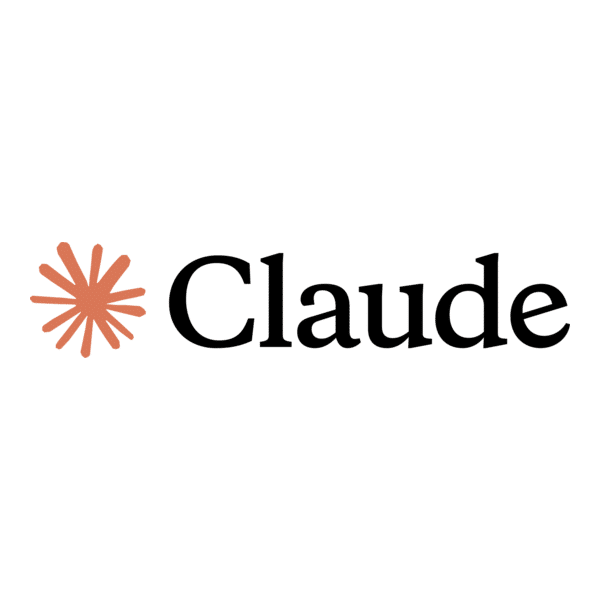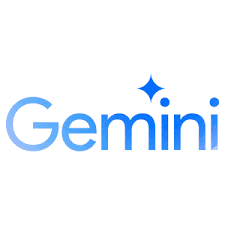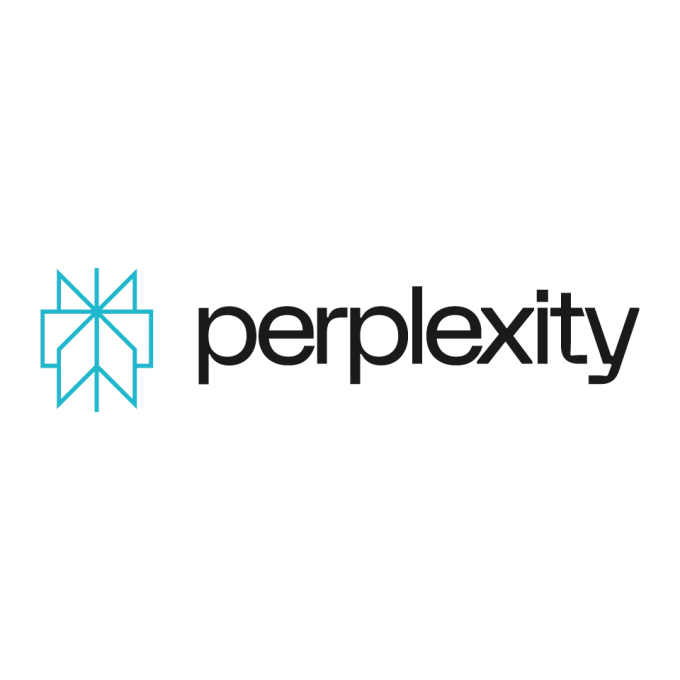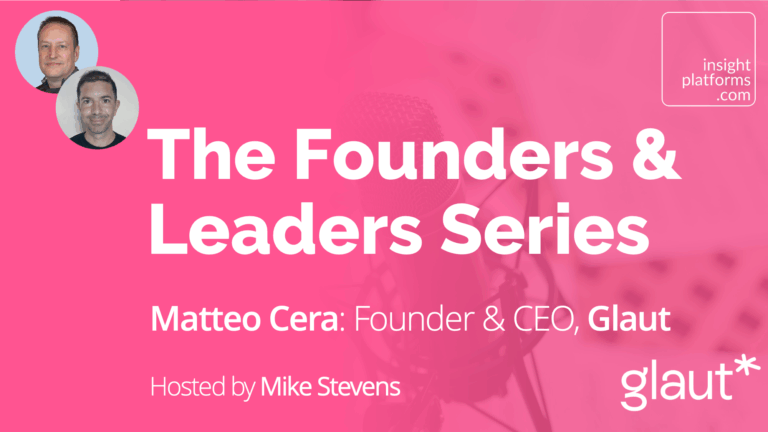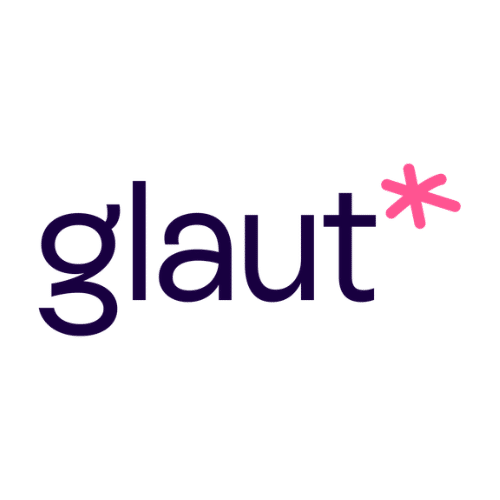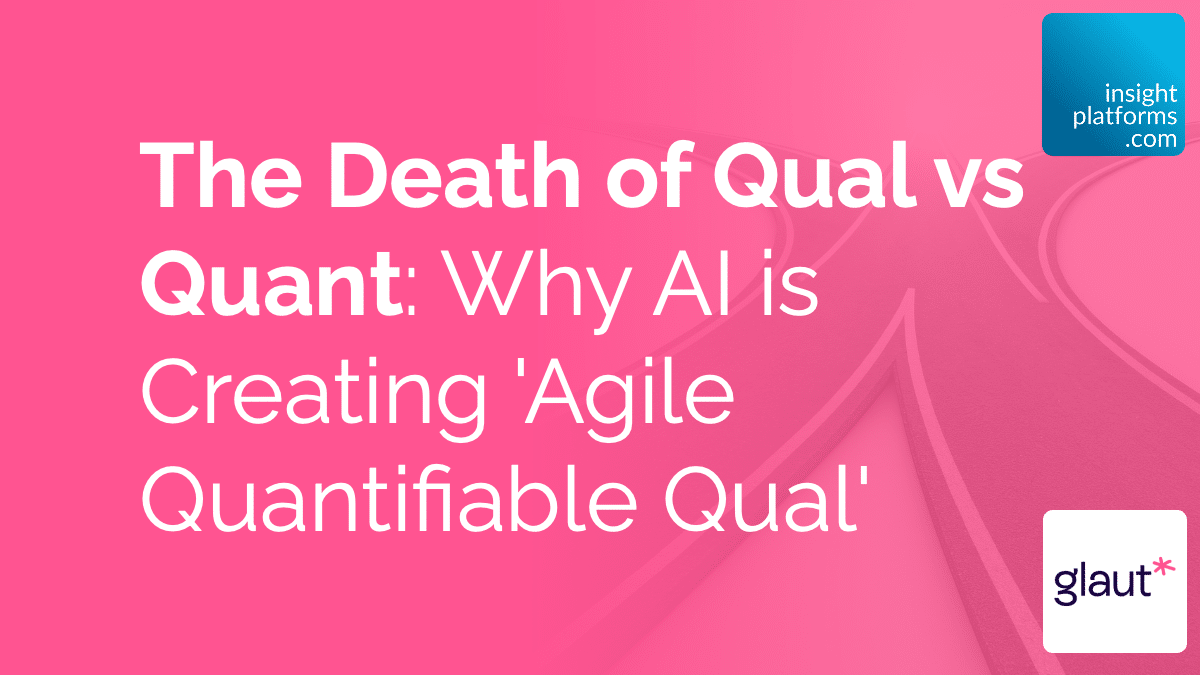
The Death of Qual vs Quant: Why AI is Creating ‘Agile Quantifiable Qual’
By Glaut
- article
- AI
- Automated Reporting
- Conversational AI
- AI Moderation
- AI Interviews
- Qualitative Research
- Agile Qualitative Research
- Agile Quantitative Research
- Qual-Quant Hybrid
For decades, market research lived in two camps. On one side, quantitative research with its numbers, samples, and statistical rigour. On the other side, qualitative research with its depth, texture, and human nuance. And for a long time, people treated that split as natural, even necessary.
But here’s the reality: that divide doesn’t make sense anymore.
Clients aren’t asking, “Do I want quant or qual?”, they’re asking, “How do I get the best possible answer to my business problem?”. And in practice, that answer almost always requires a mix of both scale and depth.
After years of building AI-powered research technology, I’ve seen how quickly these worlds are converging, and it isn’t just theoretical, practical business needs are driving it. At Glaut, we call this new space Agile Quantifiable Qual (AQQ): a hybrid approach that blends the reach of surveys with the richness of interviews.
This article covers part of the The Founders & Leaders Series podcast episode 2. Listen to the full episode here:
Episode 2: Matteo Cera, Founder & CEO, Glaut
The Business Case for Convergence
Back when I was a consultant at McKinsey, I ran hundreds of interviews and commissioned countless research projects. And you know what? Clients never cared about the labels. No one ever said, “I only want quant, not qual”. They just wanted answers that helped them make decisions.
That’s the problem with our old methodological tribalism, fighting over methods instead of focusing on outcomes. Businesses need both. They want confidence in the numbers, but also a sense of the human story behind them. They want to know not just what people do, but how they feel while they do it.
The trouble is, traditional methods force a trade-off:
- Surveys give you breadth but flatten out the nuance.
- Interviews provide you with richness but are time-intensive and expensive.
- Focus groups create an artificial setting that doesn’t always reflect real life.
Enter AI-moderated interviews, or AIMIs, which I like to describe as a hybrid between a CAWI (Computer Assisted Web Interview) and an IDI (In-Depth Interview). Respondents get a link, answer by voice, and the AI moderator follows up with probing questions. It feels personal, like a conversation, but it scales like a survey.
How Agile Quantifiable Qual Works
AQQ represents a fundamental shift in how we think about research methodology. Instead of choosing between qual and quant, researchers can now deploy AI-powered interviews that combine structured questioning with conversational depth.
Here’s how it works in practice:
- Structured foundation: Like a survey, an AIMI begins with predefined questions sent via a link that respondents can access on desktop or mobile devices.
- Conversational depth: Instead of clicking boxes, people answer by voice. And the AI jumps in with natural follow-ups, probing around key points, creating what we call “a real personalised, more engaging type of conversation”.
- Scale and speed: Our process delivers insights 10 to 15 times faster and two to three times cheaper than traditional research methods while maintaining research quality.
- Quantifiable insights: The AI analyses and codes responses to extract structured data from previously unstructured verbatims, creating measurable insights at scale.
Measuring Quality at Scale
One of the most compelling aspects of AQQ is how it redefines research quality metrics.
At Glaut, we track quality through two key dimensions:
1. Topic breadth and depth: Traditional surveys limit responses to predefined options. With AIMIs, you get both the expected and unexpected answers. You might discover twice as many preferences, each with multiple sub-themes, that you’d never have captured with fixed response options.
2. Emotional nuances: Our technology captures emotional context that surveys miss entirely. Through the wording and, in the near future, the tone of voice, we will be able to add that emotional layer in the output and deliverables. It’s not just what people say, but how they say it. That’s where you find the emotional context behind decisions.
The Agency Evolution Challenge
When I talk to research agencies, I see two clear, opposite types of researchers. There are the sceptics, who poke holes in the tech, insist it won’t change their workflow, and hope it passes them by. And then there are the enthusiasts, who want whole teams onboarded, wish to push AI as much as possible, be it into research projects, CRM, finance, operations, you name it.
The winning agencies are positioning themselves forward by not splitting researchers between those two branches and instead asking them to conduct hybrid mixed projects.
Practical Implementation Strategies
If you’re a researcher looking to embrace AQQ, here are a few practical steps:
- Rethink your methodology selection: Stop defaulting to “qual or quant” and start asking: “What mix of scale and depth does this business question require?”.
- Invest in hybrid skills: Train your team to design research that leverages both structured questioning and conversational probing. You need both the statistical rigour and the qualitative intuition.
- Embrace technology as an enhancement: AI doesn’t replace researcher expertise, it amplifies it. The researcher’s role will evolve, leaving the manual work behind and focusing on higher-level thinking.
- Focus on quality metrics that matter: Develop new ways to measure research success that go beyond traditional completion rates and sample sizes. Start looking at emotional richness, topic coverage, and depth of insights.
The Future is Hybrid
The death of qual vs. quant isn’t about losing rigour, it’s about gaining methodological flexibility and freeing researchers to do the parts of the job that actually require expertise and judgment. AQQ is a step toward more mature, more business-focused research.
The lines between methodologies are blurring, and the agencies and researchers who embrace this hybrid future will be the ones with the real competitive edge. So the question isn’t if qual and quant will converge, that is already happening. The real question is: are you ready to work in a world where scale and nuance are no longer separate choices, but part of the same toolkit?
This article covers part of the The Founders & Leaders Series podcast episode 2. Listen to the full episode here:

